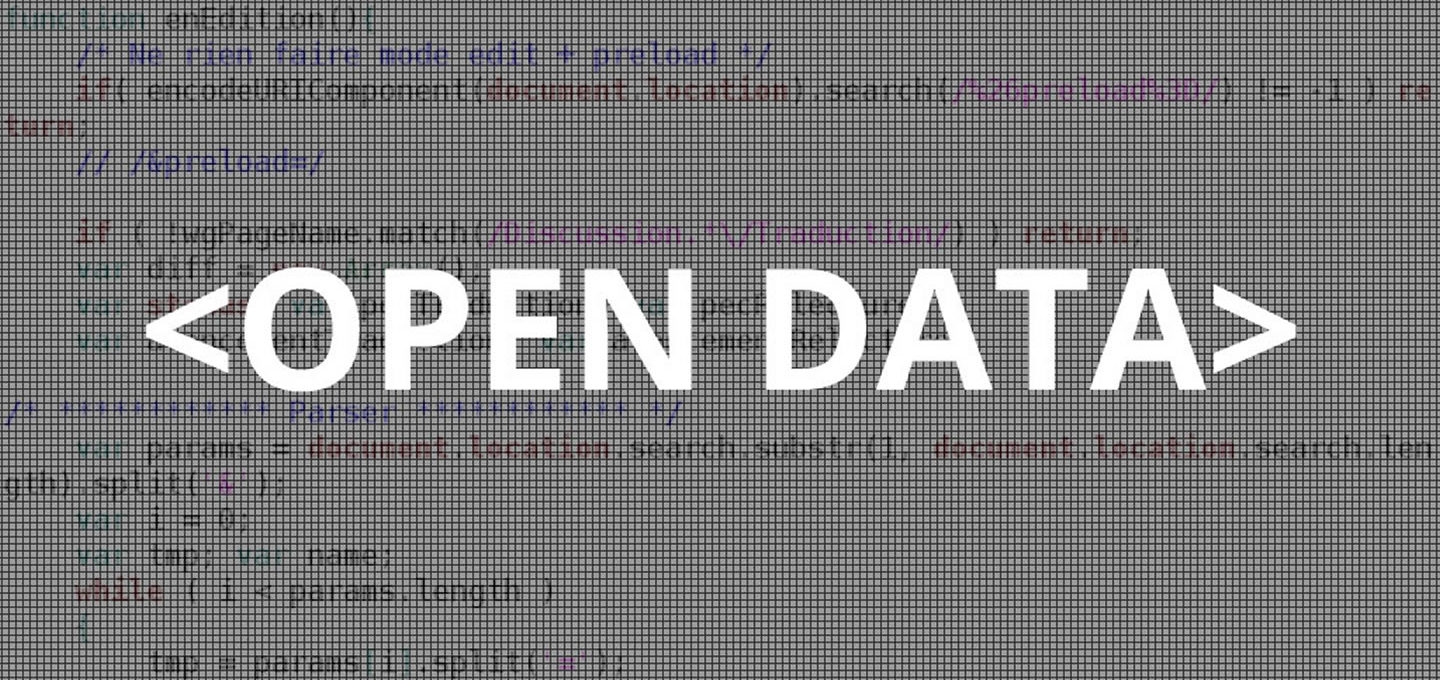When it comes to designing RESTful APIs, the one description format that has the best name recall among developers is OpenAPI Specification. OpenAPI, formerly called Swagger, boasts an interface that’s both quite standardized and flexible with different coding languages. Those qualities impress the description format to be both efficient and inclusive to developers. It’s proof that open source data is the future of tech and that there’s a growing community of API experts that support it.
But for those with little to no working knowledge of the difference OpenAPI makes, here’s a briefer on the specification. Here you will learn about what OpenAPI strives to do and why it’s become the golden standard for RESTful APIs. You’ll also learn its role in helping industry professionals create functional, responsive, and highly capable of integration APIs.
What OpenAPI specification can do
First off, what makes OpenAPI so appealing to most of the world’s RESTful API developers? What are its standout qualities that it set it apart from other specifications? The answer can be summed up in three parts.
It helps an API team design quickly and visually
There used to be this idea that OpenAPI Specification demanded a steep learning curve and that developers had to expend a lot of effort to learn how it worked. But nowadays, tooling in particular has made it much easier to get accustomed to OpenAPI.
Take the people at Stoplight, who’ve released one of the best hosted toolsets for RESTful APIs. Among the features you can find on their site is a highly visual and user-friendly OpenAPI Designer. That’s just one example of tools developers can use to model RESTful APIs. In the process, they’ll do the work using a quick, visual, and creative approach.
Its foundation is Open Data, which makes RESTFful API design extremely accessible
Private interfaces exist, and they are a boon to companies who like having their own API tech to build with. But it’s also understood that this tech is costly and expensive—and it can’t be the first option for developers from budding API companies.
In contrast, OpenAPI draws from open data resources, which are equally available to REST API developers and with fewer restrictions. The doors are more open for developers to share their data, knowledge, and methods of RESTful API design with each other.
It upgrades the RESTful API’s development in aspects like mocking and documentation
OpenAPI also bolsters core tasks in the RESTful API development process, like mock testing and API documentation. In the case of the former, OpenAPI can aid testers in creating realistic mock servers. The description format makes it even easier to animate the API’s future behaviors, even during simple mock testing. In the case of the latter, OpenAPI can help developers jazz up their RESTful API documentation. Developers are no longer relegated to static, boring, or out-of-date docs. OpenAPI can rewire these docs to have added functionality, such as automatic change of log and an interactive explorer.
In summary, OpenAPI makes the RESTful API development workflow even smarter. A smarter, more efficient, and more productive workflow is what every API developer wants.
How does OpenAPI transform the final product?
When designers have the best tools, resources, and approaches to work with, it enhances their capability to design excellent RESTful APIs. OpenAPI will give them the edge in core API design, testing, and maintenance functions.
This is how the OpenAPI Specification has transformed the landscape of RESTful API documentation—and that transformation is still in process. Thanks to OpenAPI, a REST API can be likened to a well-oiled machine—and one that’s prepared for the road to integration.

